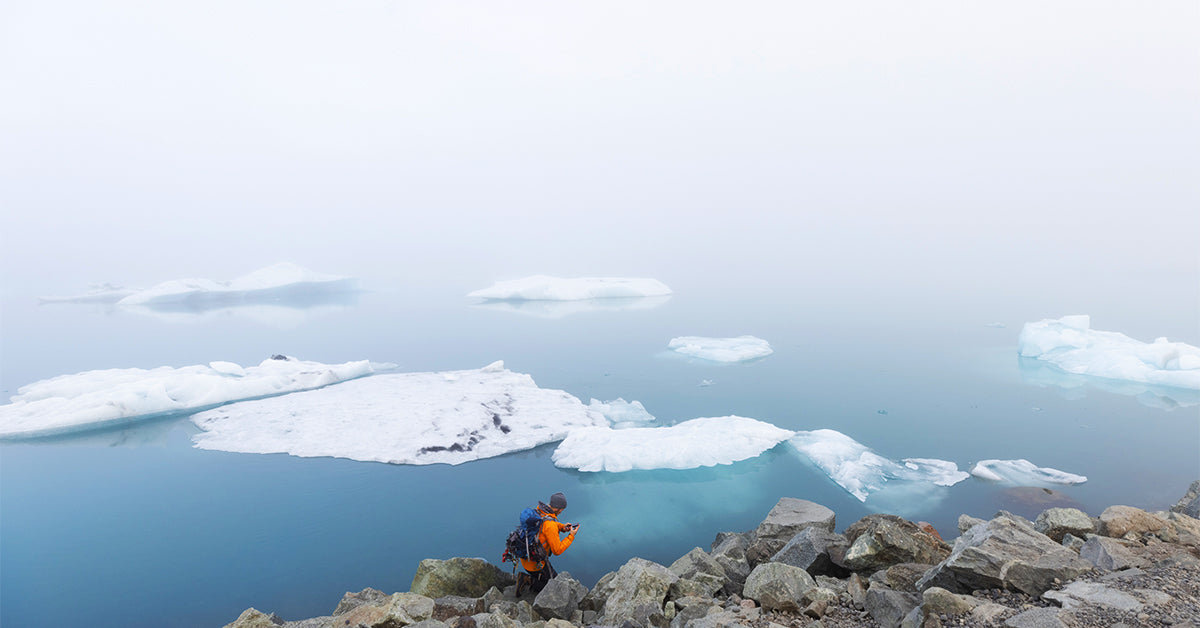Introduction:
Thermal cameras, such as the AGM G2 Guardian, have revolutionized search and rescue operations with their remarkable capabilities. These advanced devices utilize thermal imaging technology to detect and visualize heat signatures, enabling search teams to locate missing persons, navigate challenging environments, and enhance overall effectiveness. In this article, we will explore the diverse applications of thermal cameras in search and rescue operations and highlight the invaluable role they play in saving lives.
Locating Missing Persons:
Thermal cameras are a game-changer when it comes to locating missing persons. By capturing the heat signatures emitted by individuals, even in complete darkness or adverse weather conditions, thermal cameras provide search teams with a powerful tool to identify and track the presence of human life. This ability significantly increases the chances of successful rescues, especially in scenarios where traditional search methods may fall short.
Overcoming Environmental Challenges:
Search and rescue operations often take place in challenging environments, such as dense forests, rugged terrains, or disaster-stricken areas. Thermal cameras excel in these situations, as they can penetrate through obstacles like foliage, smoke, and debris. This allows rescue teams to swiftly navigate hazardous conditions and locate individuals who may be hidden from view or trapped in inaccessible areas.
Enhancing Speed and Efficiency:
Time is of the essence in search and rescue missions, and thermal cameras greatly enhance the speed and efficiency of operations. By providing real-time thermal imaging, these devices enable search teams to quickly identify hotspots, potential survivors, or individuals in distress. This information allows teams to prioritize their efforts and allocate resources effectively, ultimately improving the chances of successful rescues.
Nighttime and Low-Light Visibility:
Thermal cameras are particularly valuable during nighttime or low-light scenarios. Traditional search methods heavily rely on visible light, which is severely limited in such conditions. Thermal imaging technology, on the other hand, operates based on detecting heat energy, making it independent of light sources. This enables search teams to continue their operations with enhanced visibility, regardless of the time of day or prevailing lighting conditions.
Search Planning and Resource Allocation:
Thermal cameras aid search planning and resource allocation by providing critical information on the location and movement of individuals. By visualizing heat signatures, search teams can map out search areas more effectively, reducing unnecessary overlap and optimizing coverage. This data-driven approach ensures efficient resource allocation, saving valuable time and effort in critical situations.
Safety and Risk Mitigation:
Search and rescue operations can pose significant risks to both rescuers and survivors. Thermal cameras help mitigate these risks by providing valuable situational awareness. They enable search teams to identify potential hazards, such as hotspots or areas with extreme temperatures, allowing for safer navigation and decision-making. This, in turn, enhances overall operational safety and minimizes the chances of further injuries or incidents.
Conclusion:
Thermal cameras, exemplified by the AGM G2 Guardian, have become indispensable tools in search and rescue operations. With their ability to detect and visualize heat signatures, these devices enhance the efficiency, speed, and safety of missions. By locating missing persons, overcoming environmental challenges, and providing enhanced visibility in low-light conditions, thermal cameras significantly increase the chances of successful rescues. As technology continues to advance, thermal cameras will continue to play a crucial role in saving lives and ensuring the effectiveness of search and rescue operations.



